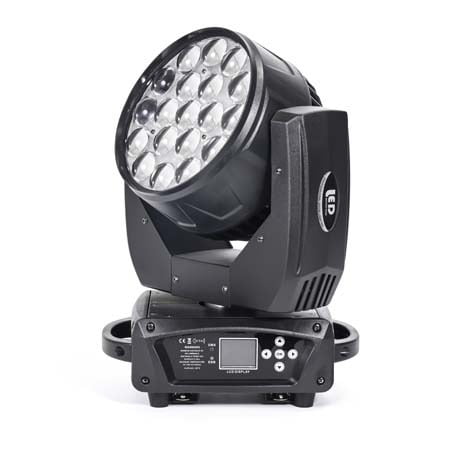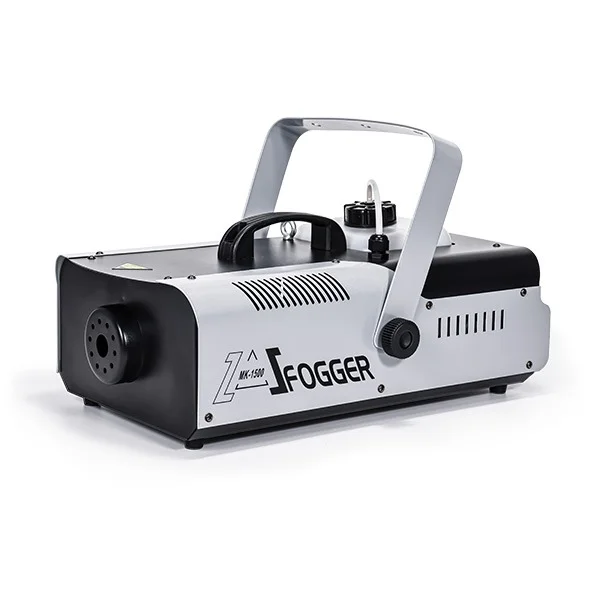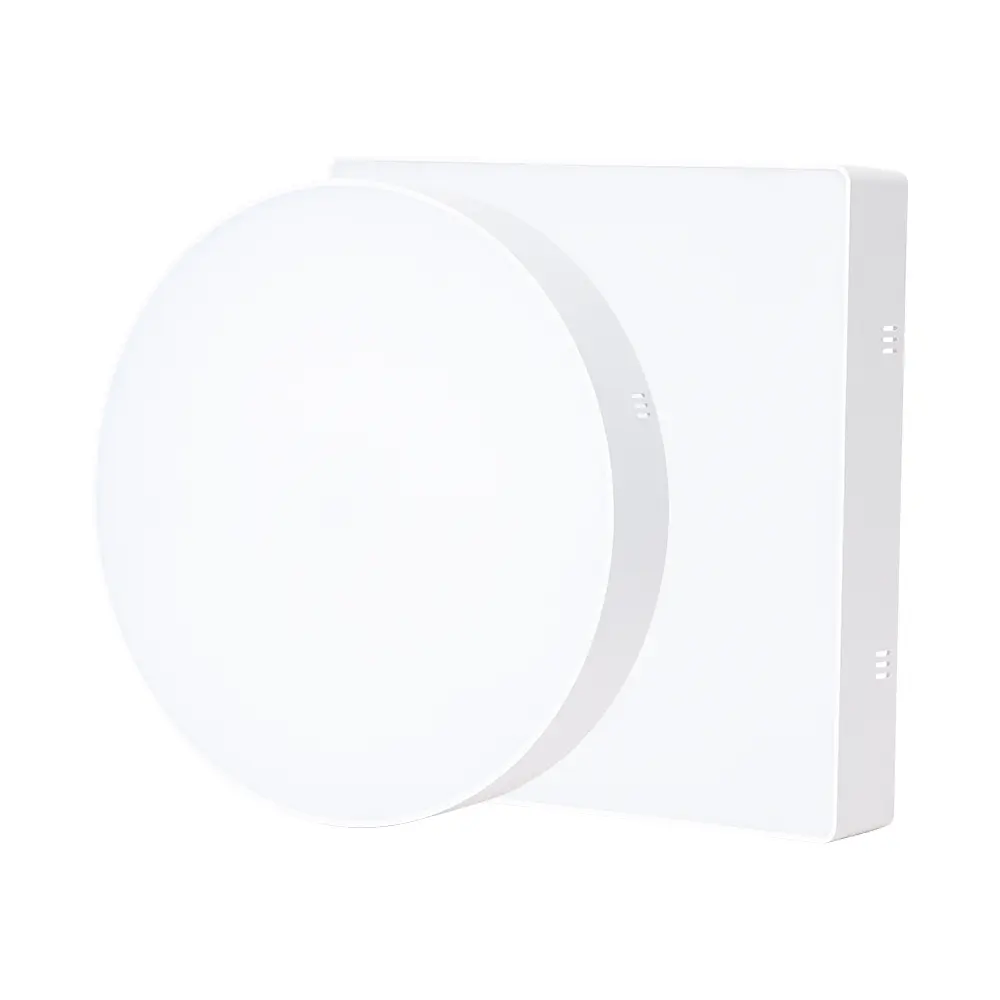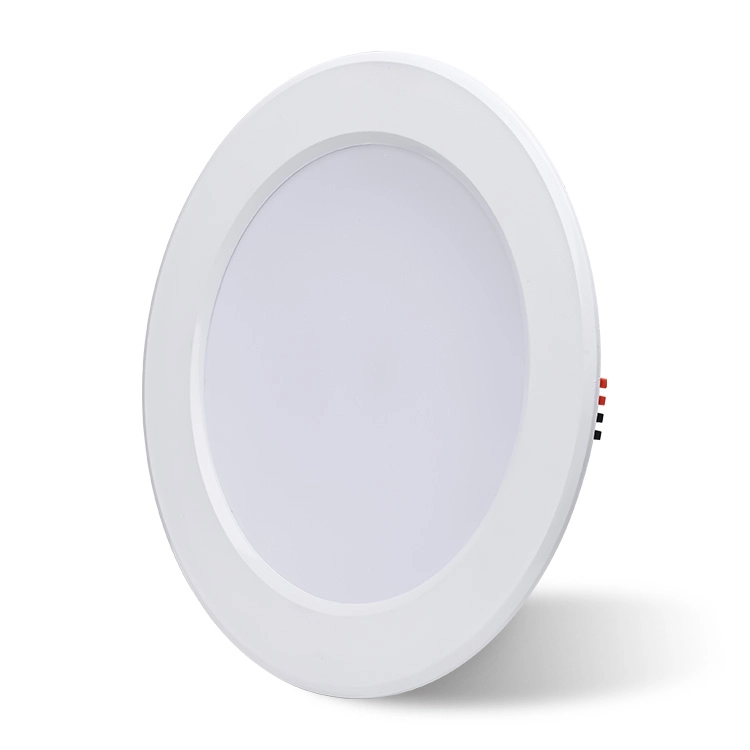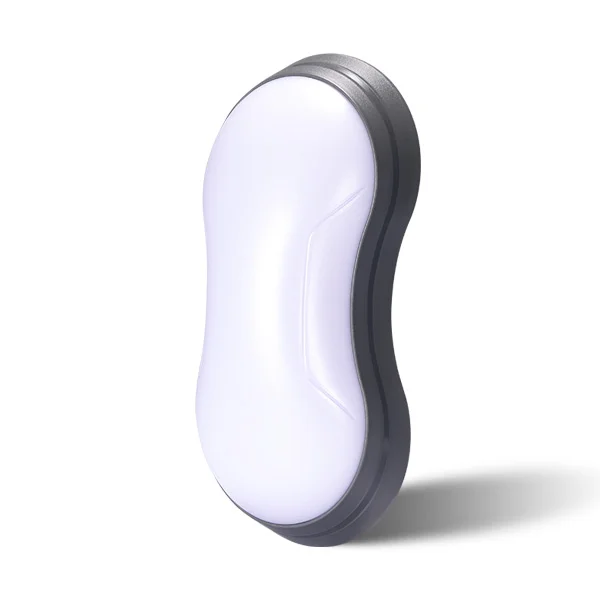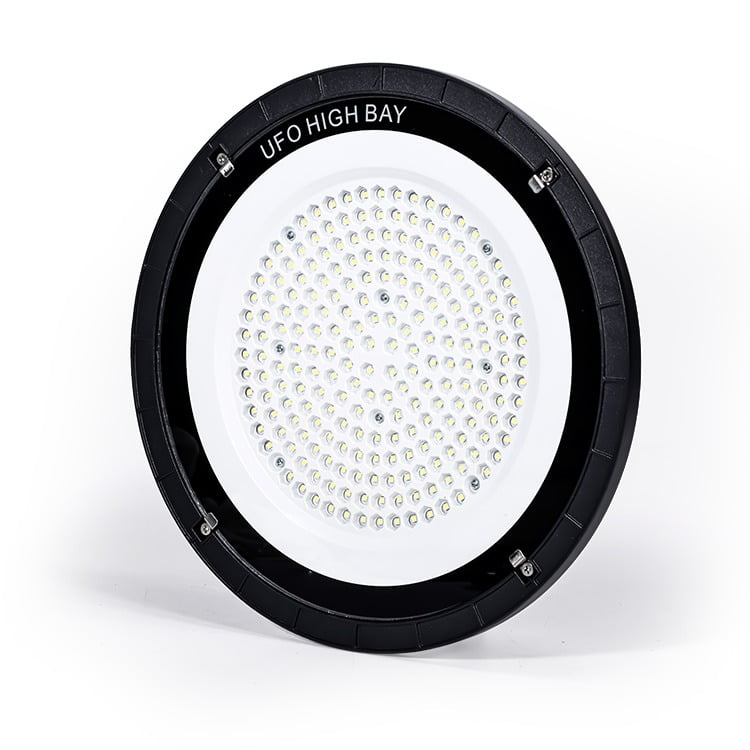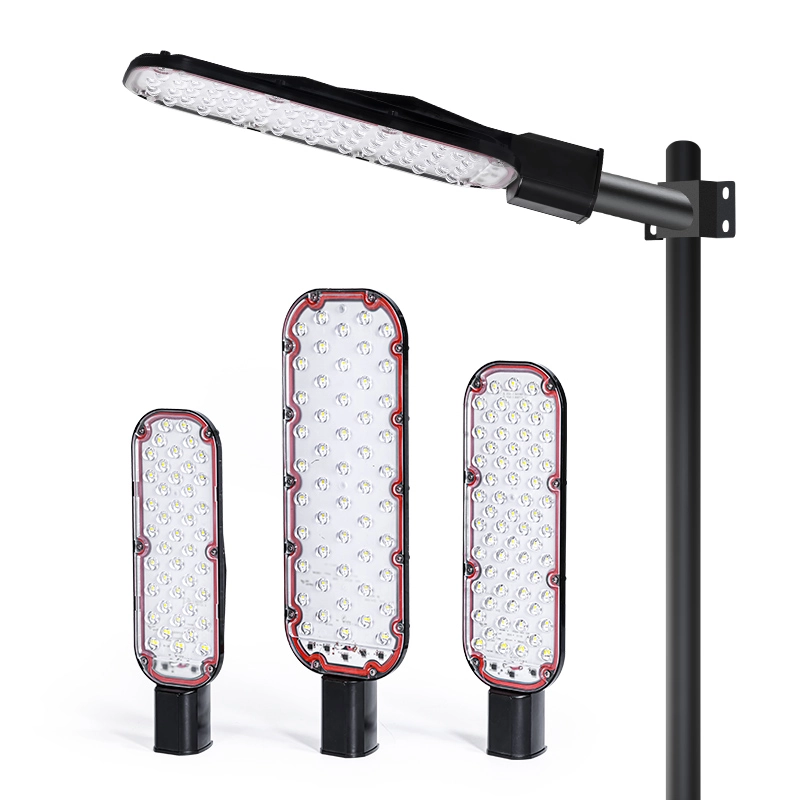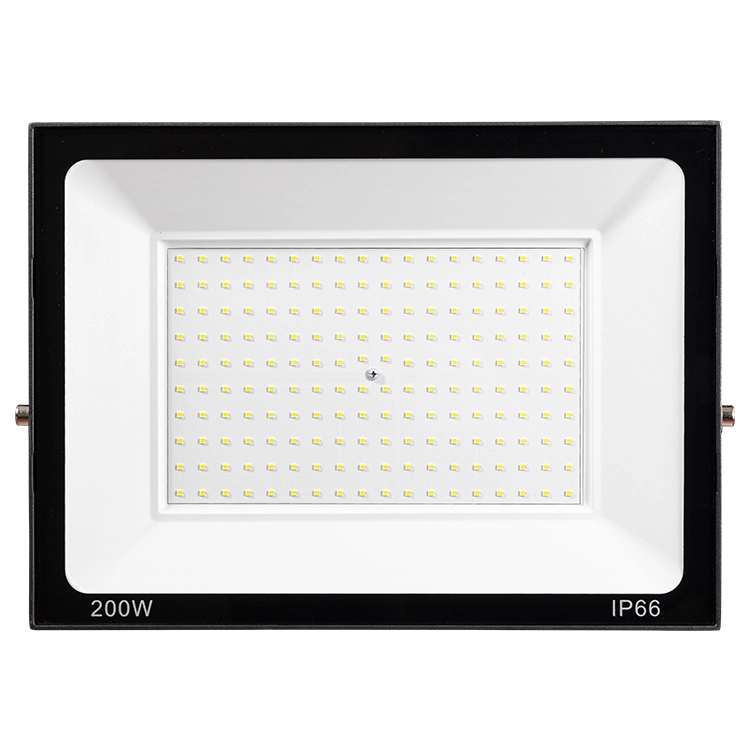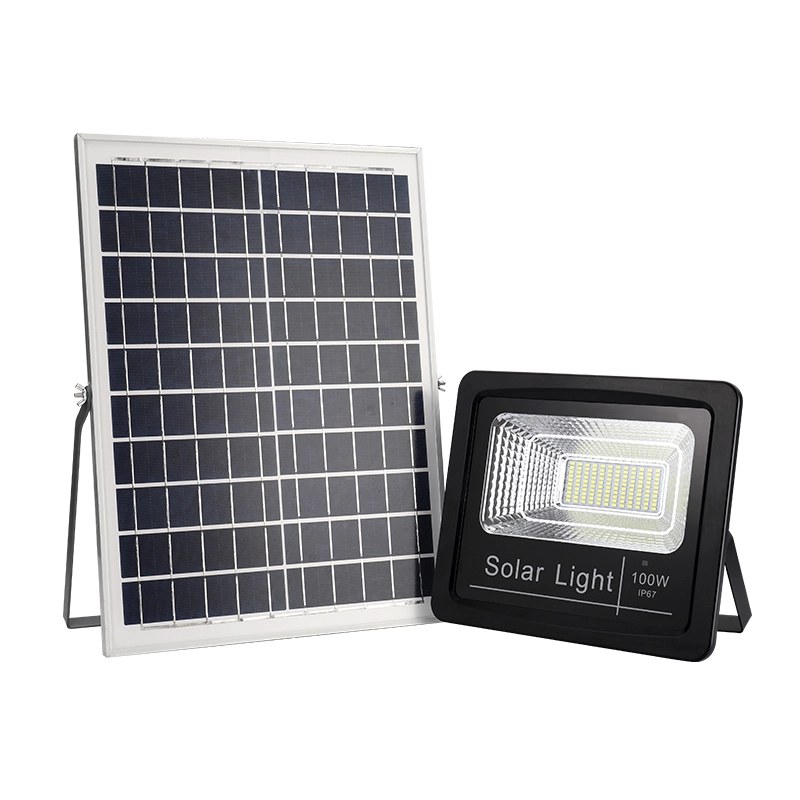Stage lighting is more than just shining lights on performers—it’s about sculpting space, guiding emotion, and enhancing storytelling. From focused spotlights to immersive color washes, each type of stage light plays a specific role. In this guide, we’ll explore the diverse categories of stage lighting based on optical design, control systems, and performance scenarios, helping you build better lighting plans with clarity and impact.
Why Classifying Stage Lighting Matters
Understanding the different types of stage lights is essential for proper design, installation, and performance planning. Without a clear classification, lighting choices can lead to poor visibility, flat compositions, or technical mismatches. Organizing lights by optics, control type, and stage purpose improves communication between lighting designers, technicians, and directors.
Lighting Types by Optical Characteristics
Ellipsoidal Reflector Spotlight

The ellipsoidal reflector spotlight is a precision-focused fixture known for its sharp beam edges and high control over shape and direction. This type of stage light uses internal shutters and lens systems to allow designers to sculpt the beam, and often includes a slot for inserting gobos to project logos or patterns. The ellipsoidal reflector spotlight is ideal for front lighting in theatrical productions, where actor visibility and isolation are crucial.
Fresnel Spot Light

The Fresnel spot light is named after its unique Fresnel lens, which produces a soft-edged beam with adjustable zoom. The beam spread can be modified by changing the distance between the lamp and lens, offering versatility for top, side, or backlighting. A Fresnel spot light is commonly used in theatre and TV studios for general area coverage and subtle transitions between light zones.
Beam Light
A beam light creates an intense, narrow shaft of light that cuts through haze and smoke, producing highly visible mid-air effects. The beam light typically has a low beam angle, high lux output, and is equipped with fast-moving motors for pan and tilt. The beam light is most commonly seen in concerts, festivals, and high-energy performances where visual impact and rhythm synchronization are essential.
Pin Spot Light

The pin spot light is a compact fixture that emits a narrow, highly concentrated beam. It’s designed to highlight small areas or objects such as microphones, award podiums, or decorative props. Due to its minimal spill and tight focus, the pin spot light is frequently used in exhibitions, weddings, and corporate stages to draw attention to specific details without washing surrounding areas.
Cyc Light

The cyc light is a wide-throw fixture engineered to evenly illuminate cycloramas and backdrops from top to bottom. A cyc light typically uses asymmetric reflectors to project a uniform vertical gradient of color, making it indispensable in theatre and dance performances. The cyc light is usually mounted at the base or top of the backdrop and can be used in combination for multi-color blending.
PAR Can Light
The PAR can light (Parabolic Aluminized Reflector) is one of the most widely used stage lights for simple yet powerful output. The PAR can light features a sealed beam lamp in a metallic can housing that produces a fixed, oval beam. It’s valued for its rugged design, affordability, and ability to deliver strong color washes, especially when used with color gels. The PAR can light is commonly deployed for background lighting, truss-mounted side fills, and architectural highlights in both indoor and outdoor venues.
Lighting Types by Function and Control
Static Wash Light

A static wash light delivers broad, uniform coverage across stage zones without movement or automation. The static wash light often uses LED arrays or traditional lamps to fill space with consistent color or white light. It is ideal for setting base ambient levels and is commonly used in theatre, corporate events, and schools due to its reliability and simplicity.
Automated Moving Wash Light
The automated moving wash light combines wide-angle wash capabilities with motorized movement. It features pan/tilt functions, color mixing, and zoom lenses. An automated moving wash light is preferred in live performances, concerts, and broadcast events where dynamic lighting transitions and multi-scene programming are essential. These fixtures respond to DMX or RDM protocols for precision control.
Strobe Light
The strobe light is a high-intensity flashing fixture designed to produce rapid bursts of light that simulate motion or generate suspense. A strobe light is used in electronic music concerts, theatre shock moments, or action-heavy sequences. Many strobe lights include duration and frequency controls, allowing designers to match visual intensity to audio rhythm or narrative beats.
Blinder Light
The blinder light is a powerful audience-facing fixture that creates momentary floods of high-lumen output. Typically arranged in clusters, the blinder light is used to “wash” the crowd during musical climaxes, transitions, or call-and-response sequences. A blinder light often features warm white lamps for maximum retinal persistence and emotional effect.
Lighting Types by Performance Scenario
Theatre Drama

Fixtures: ERS, Fresnel, Pin Spot
Goal: Facial clarity, scene tone, and storytelling emphasis
Concert or Festival

Fixtures: Beam, Moving Head, Blinder
Goal: Maximum visual impact, synchronized motion, and spectacle
Corporate Stage or Conference

Fixtures: Fresnel, PAR Can, Static Wash
Goal: Speaker focus, clean background, subtle color transitions
Worship Stage

Fixtures: LED PAR, Cyc Light, Warm Wash
Goal: Gentle lighting, calm mood, visibility with reverence
Real-World Application: Multi-Zone Stage Setup
| Stage Zone | Recommended Fixtures | Lighting Objective |
|---|---|---|
| Front Zone | ERS Spot, Fresnel Spot | Clear facial visibility, emotional expression |
| Mid Stage | Static Wash, Moving Wash, Pin Spot | Fill lighting, color blending, focus detail |
| Backdrop Area | Cyc Light, PAR Can, Flood Light | Uniform background, color accents |
| Audience Wash | Blinder, LED Strip, Beam | Engagement, rhythm sync, visual expansion |
Brief History – How Stage Lighting Fixtures Evolved
19th century: Gaslight, limelight
Early 20th: Halogen and tungsten lamps
Late 20th: PAR cans, ERS, Fresnel dominance
Modern day: LEDs, moving heads, wireless control
Each advancement changed the role and design of fixtures across theatrical and event spaces.
Glossary – Unpacking Common Terms
| Term | Definition |
|---|---|
| Lumen | Total visible light emitted by a source |
| Lux | Illumination level per square meter |
| Beam Angle | Spread width of a light beam in degrees |
| Color Temperature | Visual warmth/coolness of white light (Kelvin) |
| CRI | Accuracy of color rendering under a light source |
Expanded Glossary
| Term | Description |
|---|---|
| Throw Distance | Distance from light to subject; affects coverage and intensity |
| DMX Channel | Control address for lighting parameters (pan, tilt, color, etc.) |
| Dimming Curve | How smoothly a light fades in/out over time or signal level |
| Field Angle | Beam width where intensity drops to 10% of center output |
| Gobo | Insertable stencil used to project shapes/patterns through profile lights |
Common Mistakes When Choosing Stage Light Types
Using beam lights as front light: unflattering and overly narrow
Relying only on wash lights: lack of facial clarity
Ignoring throw distance: insufficient brightness on target
Overusing moving heads: unnecessary cost and complexity
FAQ
What’s the best light for actor visibility?
ERS or Fresnel, depending on desired softness and control.
Can LED PARs replace traditional PAR cans?
Yes—offering greater efficiency, lower heat, and better color consistency.
Is a strobe necessary in all live shows?
Not always; use selectively based on genre and pacing.
What’s the difference between pin spot and profile spot?
Pin spots are for objects with narrow focus; profiles are for shaped, flexible theatrical lighting.
Conclusion
Every stage light has a specific purpose. Choosing the right types—and knowing how to combine them—can transform your stage from functional to extraordinary.
Need help selecting lighting for your venue or production? Reach out to our team for expert assistance.


